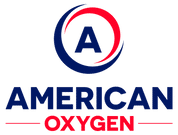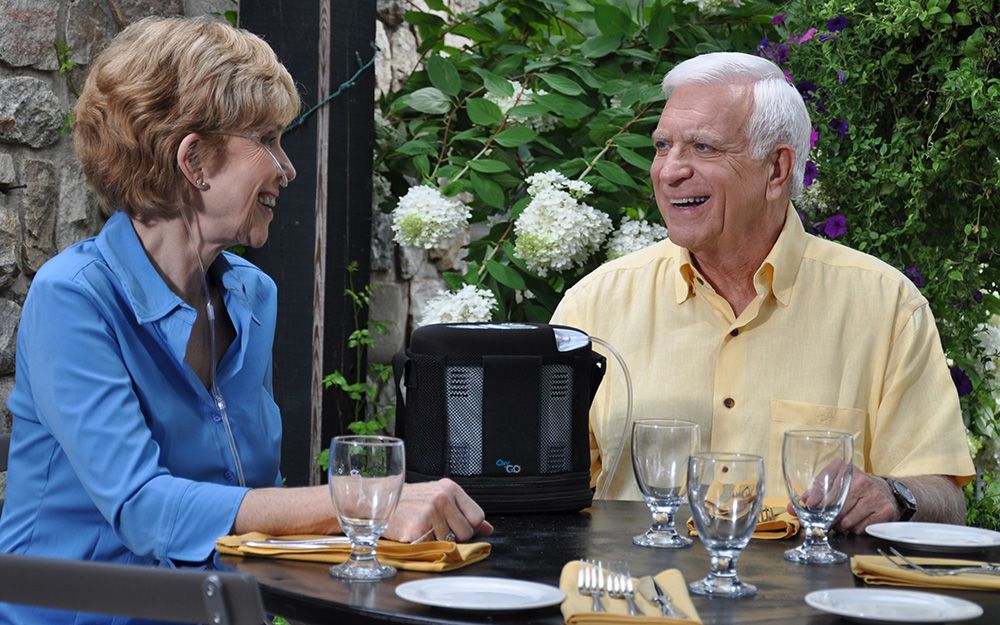Oxygen Therapy
What is a Portable Oxygen Concentrator (POC)?
If you have been prescribed oxygen therapy and are new to Oxygen Concentrators, let us help you understand what exactly are Portable Oxygen Concentrators (POC). Imagine an air conditioner and the way it functions – it takes air from the atmosphere, condenses it using a compressor, and this cool air is dispersed in your room at the set temperature.
How does a POC separate oxygen from the air?
Technically, the air is compressed and sent through a cylinder filled with zeolite that will adsorb the nitrogen, leaving the oxygen to escape to a small storage tank from where it is delivered. When the drop in pressure increases, a valve opens and the lower pressure frees the nitrogen that is then released outside. In the meantime, a twin-cylinder will be put in service to generate oxygen while the first one is purged. And so on…
In the same way, a portable oxygen concentrator draws air from the surrounding area and removes all the other elements leaving behind pure oxygen. This “concentrated” form of oxygen is then supplied to the nasal mask or nasal cannula under the desired flow setting. POCs are more compact, lightweight, and travel-friendly than oxygen cylinders.
Patients will never run out of pure oxygen and at the same time can perform their daily activities without any hassle.
So a POC is…
In simple words, Portable Oxygen Concentrator (POC) is medical equipment that works on rechargeable battery & provides 90-95% pure oxygen via a nasal cannula and, it uses Molecular sieve to separate oxygen from the air.
POCs can be carried on the shoulder, back, or a movable cart. The world’s smallest Portable Oxygen Concentrator is Focus by Airsep (shown in the picture below) and it weighs 800 gms.
Uses:
1. People who require oxygen therapy are choosing portable oxygen concentrators because they allow them to continue maintaining their standard and quality of life.
2. If you’re struggling with severe COPD and you have low oxygen levels in your blood, a POC could help you live a healthier, longer life.
3. Among the standard treatment approaches for chronic lung diseases like pulmonary fibrosis (PF), chronic obstructive pulmonary disease, and emphysema, supplemental oxygen use at the most advanced stages is often prescribed near-universally.
Can I use a POC on a plane?
Most portable oxygen concentrators are approved by the FAA for use on airlines.
How many types of POCs are?
There are two types of oxygen delivery systems providing supplemental oxygen therapy; continuous flow (Respironics SimplyGo) and pulse dose (Inogen One Systems G3, G4, G5, AirSep Freestyle).
INOGEN ONE G5 is a fantastic POC within the newest generation of oxygen equipment that features the longest battery life in its class.
Another POC that is remarkably popular is the Philips Respironics SimplyGo Portable Oxygen Concentrator. It is super lightweight, impact-resistant, and made to last. It is suitable to use under extreme weather conditions and delivers twice the oxygen output than any other on the market.
You should definitely check these best selling POCs at our SHOP! We have the best discounts and the lowest prices. It’s worth a visit!

 Español
Español
